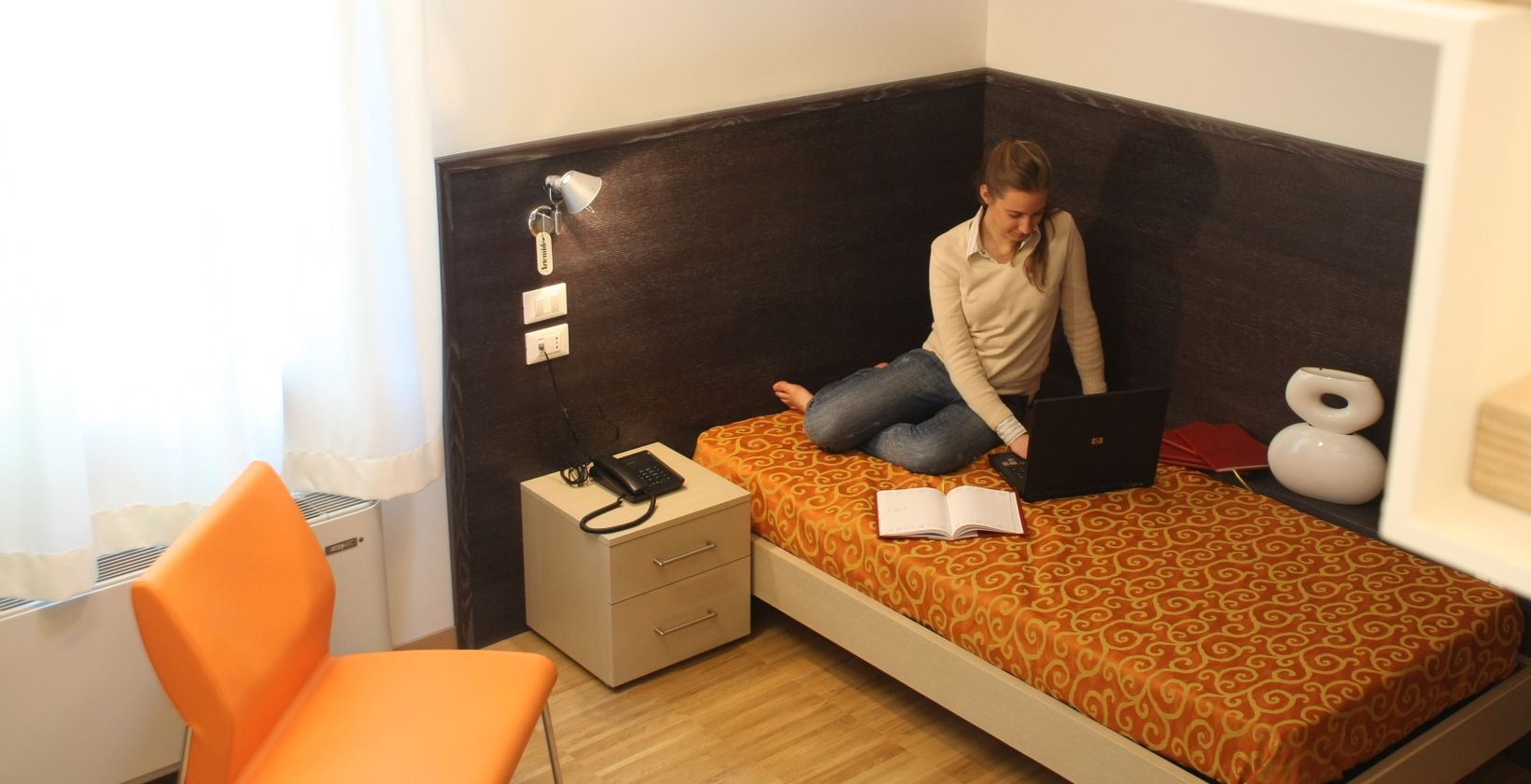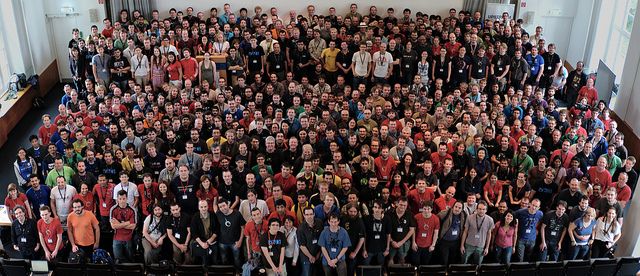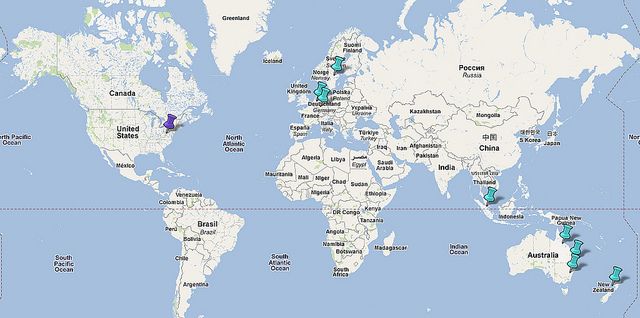For many job seekers, finding a remote or telecommute job is the holy grail of job searching. It means more flexibility, less time and money spent commuting, an escape from office drudgery, and more time with the family. But these positions are competitive, and they aren't always easy to find.
If you'd like to work remotely, there are a few strategies that can help you leverage the resources on LinkedIn to find your dream job. These six will get you started.
1. Join The Right Groups
Groups are one of the most useful features on LinkedIn. Not only do they provide users with places to congregate, ask questions, and share advice, but they also offer companies places to look for the kind of candidates they're seeking. Joining and getting involved in the right groups can help your career in a number of ways, even beyond job searching.
One great group to be a part of if you're looking for a remote job is FlexJobs - Telecommuting, Part-Time, Freelance, and Flexible Jobs. With over 6,000 members, there are plenty of people that can help you find a job, whether by passing on opportunities, putting you in touch with someone at a company, or giving advice. Even outside of LinkedIn, FlexJobs is a really useful site for people looking for telecommuting jobs — their LinkedIn group extends that usefulness.
Telecommute JOBS is another good group to be a member of. Although there aren't as many members as the FlexJobs groups, there's still quite a bit of useful conversation, and members can help each other out when they need advice or hear about an open position.
There's a huge number of groups dedicated to freelancers and contract workers on LinkedIn. No matter your field, you can probably find one that applies to you. Even if you're not interested in freelance work, it might not be a bad idea to join a few of these groups. Companies know that freelancers often work remotely, and are likely to trawl for job candidates in groups like these.
2. Use The Right Keywords
The search functionality on LinkedIn is pretty good, but if you're not typing in the right keywords, you're not going to get the results you want.
When you start your job search, make sure to include words like "remote," "telecommute," and "location-independent." You can also try "virtual," "work from home," "work at home," or "home-based." Companies use all of these different phrases when advertising remote jobs, so give them all a try.
To really narrow down the results, you can put those terms in quotes. In my experience, this really limits the number of jobs you'll be presented with, possibly to an unhelpful degree. But if you're feeling overwhelmed with all of the results you're getting on your first couple searches, try this strategy to make the list more manageable.
3. Follow The Right Companies
Even if you don't have a single "dream company" that you'd love to work for, you probably have an idea of the type of corporation that you'd enjoy, or that would value your services. It can be really useful to follow these companies on LinkedIn. By following the companies, you'll get their updates in your newsfeed, which could give you a heads-up on any open positions. You can also engage in discussions they start to try to develop a connection with someone in the company.
How can you find companies to follow on LinkedIn? Start with a company search. Enter the name of your field or interest (like "health promotion," "content creation," "digital marketing," "customer service," or "data entry" ) and click on "Companies" in the left sidebar of the results screen. If you see some companies that you recognize, and might be interested in working for, just hit Follow directly from the results screen. Use this screen to check out some other companies' profile pages, too, and see if they're active on LinkedIn — if they are, they might be worth following.
If you have absolutely no idea where to begin, check out this list of the top 100 companies for remote and flexible jobs from FlexJobs.
4. Search In The Right Places
While it may seem a bit strange to use location-based searches when looking for a telecommute job, this can help you find the companies that are looking for remote workers. Finding a company with a posting for a job that's on the other side of the world may not seem hugely useful, but just knowing that they're open to telecommuting employees is valuable information. By tailoring your searches to find those companies, you'll be one step closer to finding your ideal employer.
According to FlexJobs, the top ten U.S. states for finding remote work are
- California
- Texas
- New York
- Florida
- Illinois
- Georgia
- Pennsylvania
- Virginia
- North Carolina
- Ohio
Taking an international view, there are also a number of countries that tend to offer more telecommute positions. A 2012 article on Gigaom revealed that the top six countries for telecommuting positions were as follows:
- India
- Indonesia
- Mexico
- Argentina
- South Africa
- Turkey
You can use this knowledge to your advantage by using a location-based search to look for jobs in those states and countries, knowing that you're more likely to find remote-friendly companies.
5. Be Open To Contract Work
Even if you aren't especially excited about freelance or contract work, it might be a really good idea to consider it, at least for a while. Many freelancers and contract workers work remotely, and employers are often happy with this arrangement. While freelancing may or may not be a viable long-term option, it could help you make some money while you're searching for your dream job. And if you build a good relationship with a company, you have a chance of turning that into a full-time remote position.
Finding freelance and contract work is another great use for LinkedIn groups. Search for "[your field] freelance" and see what comes up. Starting to make connections through groups and establishing an online presence are great ways to increase your visibility to prospective employers and potentially find some work before you get a full-time post.
6. Negotiate Your Own Telecommute Position
While remote jobs are becoming more popular among companies of all types, there are still certain areas in which telecommuting is more commonly accepted. For example, a lot of careers in IT and writing can be done from home. Many start-ups don't have much office space and highly prioritize flexibility, so they can be good candidates for remote workers.
If you find a position that you think would be a good fit for you, don't skip over it just because it doesn't specifically mention the possibility of remote work. During the interview process, bring up the topic or try to negotiate for telecommuting. This approach won't always work, but if you're serious about working from home and you truly believe that you're the best candidate for the job, you can present a very compelling case to your potential employer and they might consider the possibility.
A Final Note
Before leaving you to your remote job search, I'll emphasize one last point: be flexible. You're searching for a flexible job, and one that's coveted by a large portion of the job-seeking population. Take advantage of opportunities that you get, even if they're not exactly what you were hoping for at first.
By using these six strategies, you'll drastically improve your chances of finding a remote or telecommute job on LinkedIn. Stick with it, and use all of the resources at your disposal to make connections. Get in touch with the companies you want to work for, and make your case for the job of your dreams.
Do you have a telecommute job? Are you looking for one? What are the most effective strategies that you've used? Share your thoughts below!
Image credits: Mazzali Armadi, Kat, Sebastian Wiertz, Linus Bohman, Chirantan Patnaik, Cali4Beach, Randy Kashka via Flickr.







